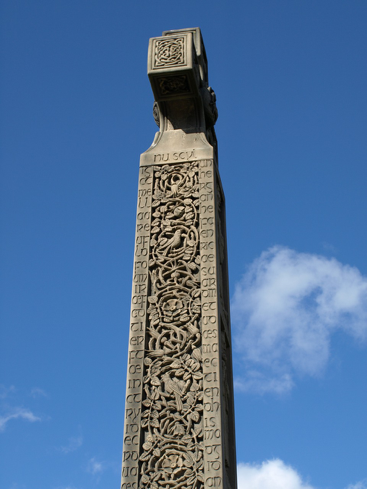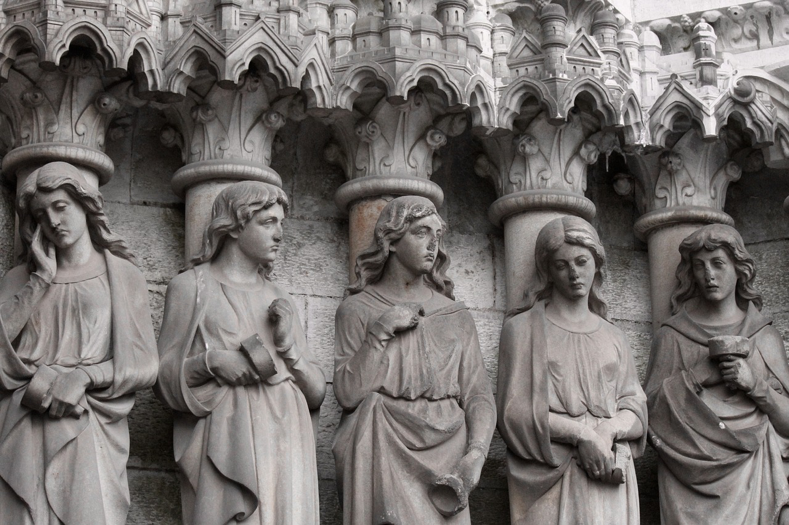Within the historiography of medieval women and book usage, Ireland has been overlooked given its location on the western periphery of Europe. However, as this blog shall demonstrate, the representation of books on the tombs of women was an important part of medieval Irish society and offers a unique perspective into the relationship between women and books in Europe.
As reflected in research undertaken by Therese Martin, in the late fifteenth century images of books on women’s tombs became a method of showing high social status and class. Martin, who includes examples of these tombstones, discusses how images on the tombs depict the deceased aristocratic woman holding an open book as if reading. The elite woman’s stance in this image represents piety but also the religious awareness of the woman. The example highlighted by Martin shows the woman surrounded by female saints holding closed books, again highlighting the religiosity of the deceased woman.
The representation on tombs of female book usage and ownership was not only to represent the women herself, but also the family she came from. The implied book ownership was a symbol of wealth and class as books were expensive in fifteenth century Ireland and not everybody could read. Martin highlights how in later medieval, European images and scriptures on tombs of deceased women reading were more common than in the Irish context. Therefore, this highlights the flow of these ideas of representation across Europe arriving in Ireland and being adopted. Martin argues that even amongst upper class Gaelic families in Ireland, literacy was low amongst women with women barred from bardic schools.
From the examples highlighted by Martin, it could be argued that some elite women in late medieval Ireland used books in their lifetime within a religious context to achieve piety with this depicted on their tombs. However, the more likely explanation is that most elite women in Ireland did not read religious texts given their inability to access education with the tombs reflective of the status of the deceased woman’s family. Therefore, although in practice most Irish women even on the elite level did not use books themselves, the relationship between the book and women is present nevertheless and portrayed powerful social messages of family and status. Thus, as demonstrated by Martin, the relationship between women and books can be analysed even if women themselves did not use books. Consequently, this method of analysis is a useful way of studying this field and should be applied in future research.


